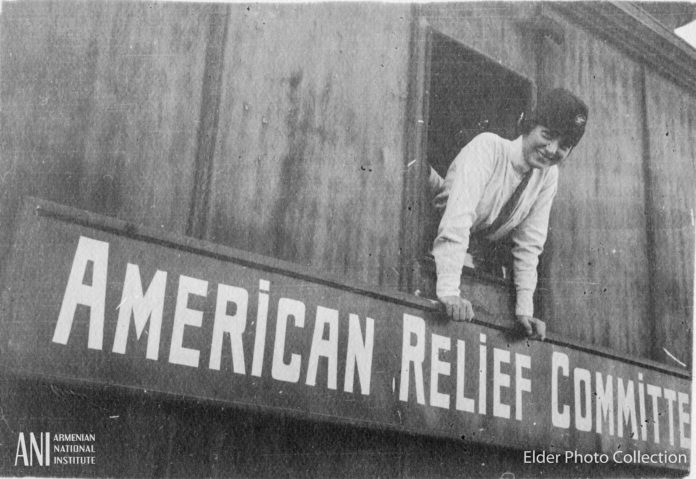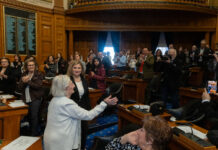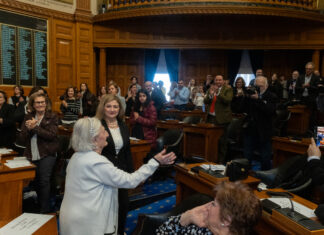WASHINGTON — The Armenian National Institute (ANI) launched a new 24-panel digital exhibit displaying the role of the YMCA and American relief work during the first republic of Armenia (1918-1920). The exhibit focuses on John Elder and James O. Arroll who arrived in Yerevan, Armenia in January 1918 to open a YMCA center. As with digital exhibits previously released by ANI, American Relief in the First Republic of Armenia 1918-1920, subtitled “John Elder and James Arroll in Yerevan, Gyumri, Sevan & Etchmiadzin,” is freely downloadable from the ANI website (www.armenian-genocide.org).
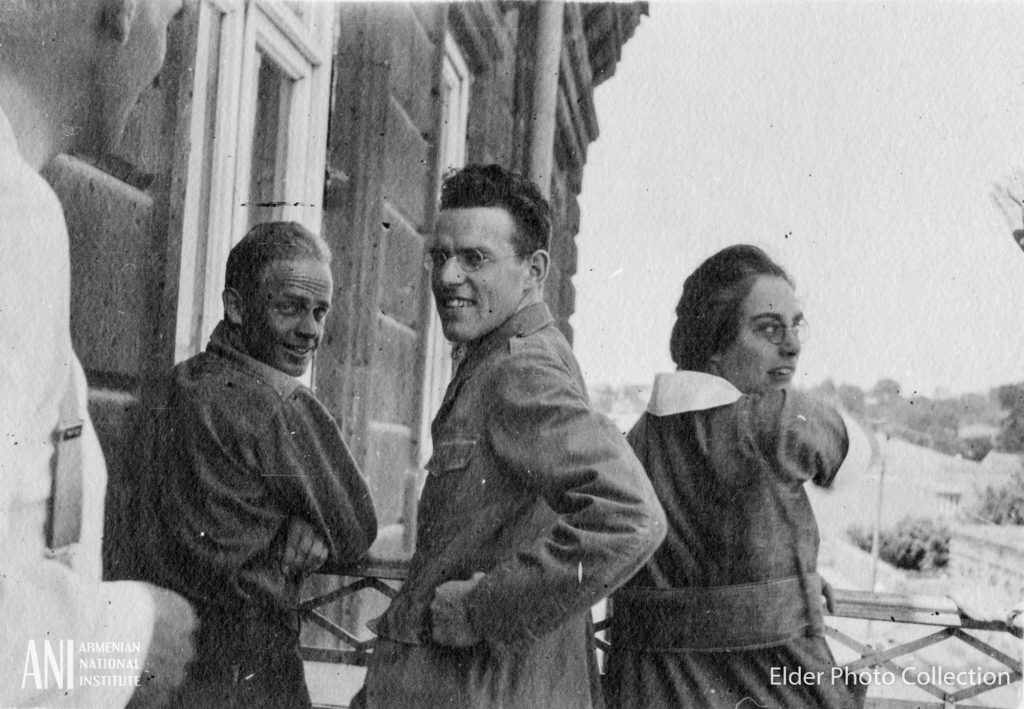
Neither Elder nor Arroll had anticipated being stranded as the only Americans left in the country’s capital city with all communication to the outside world cut off when the frontline faltered. World War I was still raging at the time and Allied forces were in retreat on the Caucasian front. The November 11, 1918 Armistice that ended the global conflict was many months away, crucial months during which the very existence of the Armenian people hung in the balance.
By the time they left Yerevan in August 1919, John Elder and James O. Arroll had become responsible for the entire operation set up by US-based charities that had earlier sent emergency aid and volunteer workers to Armenia. As John Elder wrote on January 16, 1919: “One year in Yerevan and what a year it has been. Had anyone told me a year ago that in addition to running a YMCA, I would be in charge of factories employing 7,500 people, orphanages with 350 children and a 120 bed hospital, I would have thought them crazy.”
ANI Chairman Van Z. Krikorian said: “The stellar example of American humanitarianism by Elder and Arroll continues to be emulated to this day. They were pathfinding pioneers who traveled all the way to Armenia during a very difficult time. All the relief workers who went to Armenia after the 1988 earthquake, and the Peace Corps volunteers who continue every year to extend their helping hand are following John Elder’s and James O. Arroll’s superb example. Armenians and Americans alike are proud to share this chapter of remarkable service to those in need.”
The exhibit reconstructs the story of the near superhuman efforts undertaken by John Elder and James O. Arroll to rescue Armenians from the many perils they faced during the 1918-1920 independent Republic of Armenia. The exhibit relies upon John Elder’s own words from his published journal, along with original records that he personally saved from the time of his service, and the photographs that he made and captioned.
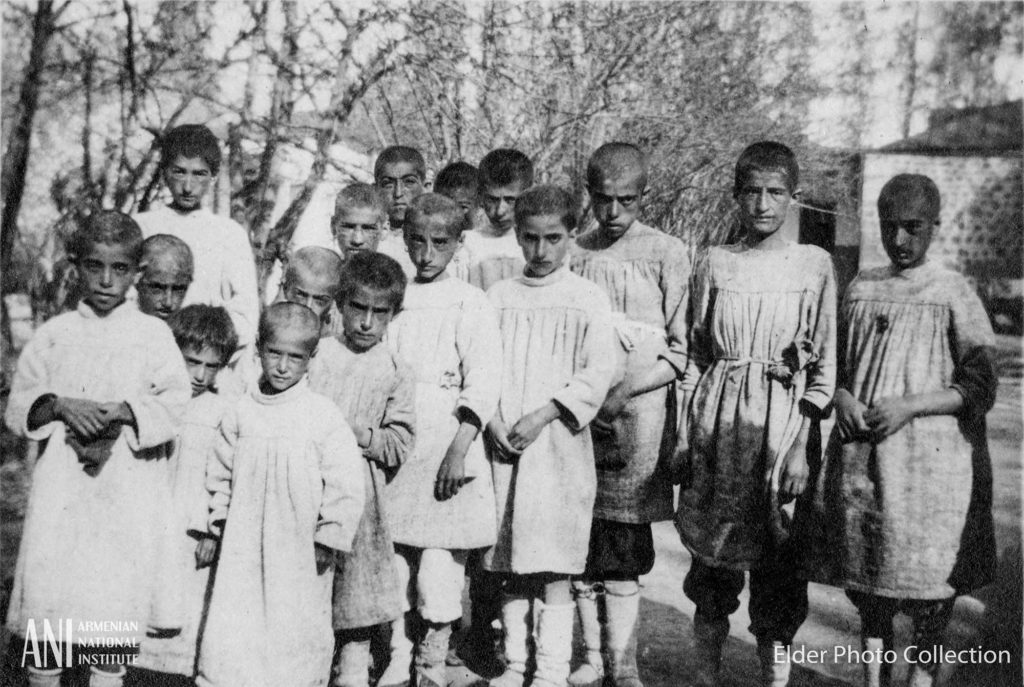
Elder and Arroll arrived as two enthusiastic young men dedicated to the purpose of sustaining morale among soldiers enduring long campaigns and treacherous conditions as the Great War kept grinding on, year after year, without end. They departed as two celebrated heroes who stood by the Armenian people at the fateful hour. John Elder wrote on May 26, 1918, as Ottoman Turkish forces advanced to the outskirts of Yerevan: “You never can tell what may happen. Just as the end seems at hand the pendulum swings the other way…After a two-day battle at Sardarabad, the Turks have been completely routed.” With the decisive battle won, two days later, on May 28, 1918, Armenia declared independence.



